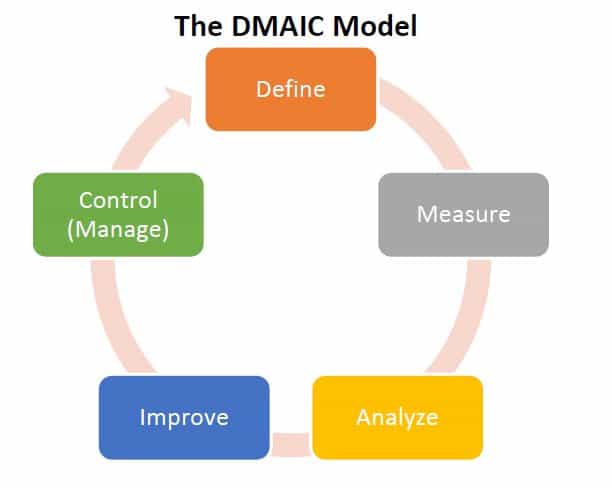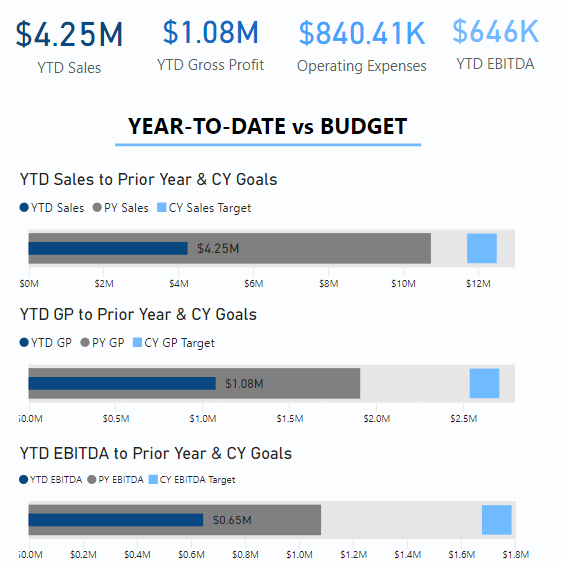The coronavirus pandemic essentially served as a real-world stress test for organizations, and it remains an unpredictable force in our society. Leaders and executives are making significant decisions without reliable information amidst a constantly shifting economic and regulatory landscape. Whether your company adjusted to a painful new reality, pivoted to new products and services or experienced a surge in demand, all organizations should evaluate their ongoing response and pinpoint what worked, what didn’t and what could be improved. Let’s take a look at key performance indicators and how, with the right focus, analysis and attention, these metrics can fuel an organization moving forward.
The Business Case for Key Performance Indicators
“What gets measured gets managed.” This quote from Edwards Deming reflects the reality of today’s business environment, just as it did when he said it 50 years ago. Even before the pandemic, many organizations were experiencing growth and change at such a rapid pace that it was easy to overlook metrics and data analysis. Yet the reality is that key performance indicators (KPIs) are an essential tool to support business decision-making, strategy and ongoing growth. Whether or not your business had KPIs in place prior to the pandemic, now is the time to harness the power of metrics to guide your recovery and measure progress toward organizational goals and objectives.
The success of KPIs hinges on quality and agility. Having too many metrics or bad data supporting them is just as bad as having no KPIs at all. For so many companies, the pandemic disruption likely upended metrics, rendering them unrecognizable from the start of 2020. It’s a reminder that organizations must stay nimble enough to adjust KPIs in light of changing circumstances or external events beyond their control.
DMAIC (Define, Measure, Analyze, Improve, Control) Model
 The common DMAIC (Define, Measure, Analyze, Improve, Control) model can be modified slightly and applied as a roadmap for businesses to adjust their KPIs and adapt to an ever-changing business environment. Here’s how it works:
The common DMAIC (Define, Measure, Analyze, Improve, Control) model can be modified slightly and applied as a roadmap for businesses to adjust their KPIs and adapt to an ever-changing business environment. Here’s how it works:
- In the define phase, key stakeholders should ask what KPIs are most important for the business to track to gauge success.
- The measure phase is important in setting up the tracking of the KPIs and how they are going to be obtained (manual vs. automation, number of systems).
- When analyzing KPIs, companies should look to measure themselves against budgets and/or industry benchmarking. As a result, the KPIs can be leveraged to make decisions (i.e. investing in a new product/service line, hiring staff, etc.). Dashboards and scorecards (like the example below) can be helpful resources in visualizing and analyzing metrics.
- After analyzing, brainstorming and planning should be performed by key stakeholders to identify how to improve the KPIs to provide even deeper insight.
- The control phase involves formally using the KPIs to manage the business going forward.
Three Keys to Optimize KPIs
Along with the DMAIC model, the three key values below helps teams and managers get the most out of their organization’s KPIs.
Alignment: Make sure KPIs are aligned with the desired results of the business, initiative or project. Avoid siloed metrics by function, department or workflow. Instead, invert the organizational chart into a network of teams all contributing to the same goal. Team actions can be supported by data and also fuel positive metrics to achieve overall business benchmarks.
Accountability: This is an essential element to achieve goals and monitor improvement. Make sure all teams and individuals understand the metrics, how their actions drive them and what level of ownership they have. Keep metrics simple and visible through dashboards and scorecards, which support accountability and self-management, help projects stay on track and make leadership and board reporting more convenient and meaningful.
Action: KPIs should be actionable; otherwise, what is the reason for developing them? Metrics are the foundation for a number of strategies that can drive your organization forward – scenario modeling, what-if exercises, trend analysis and strategic planning (including CapEx projects, milestones and stage-gate decisions). Consider how you will get your team to use the data for better, faster decision-making, root-cause problem-solving and higher performance.
RKL has a team of operations consultants and data analysts who can help organizations identify, implement and adjust KPIs and develop action plans to advance toward strategic goals. Contact your RKL advisor or use the form below to start the conversation. Stay tuned to our blog for upcoming installments of our Response and Recovery in Focus series and visit our Business Recovery Resource Center for more insights and guidance.





